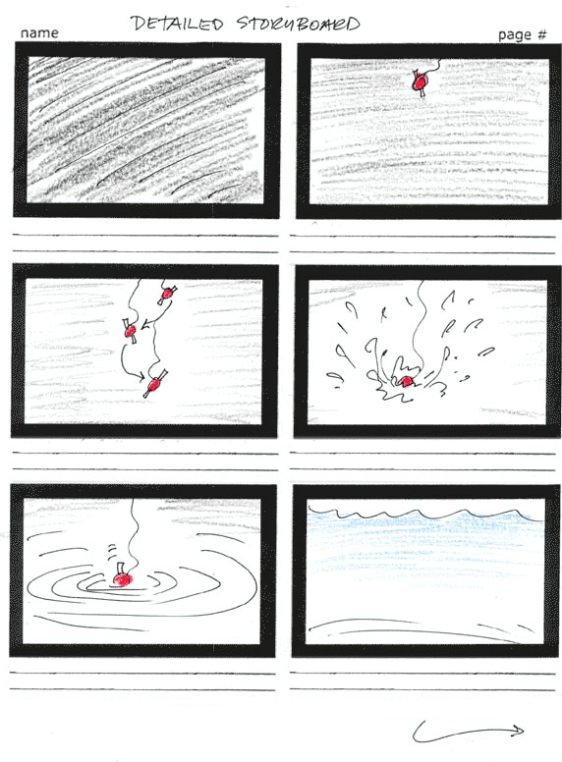Each time I go to the grocery store, I make a checklist for what I need. I do this for a couple reasons. It helps me ensure that I buy everything I need, it helps me make sure I do not buy things i do not need, and even helps me plan my diet better so that I get a variety of nutritious foods.
Much like a grocery store checklist, storyboards provide you with a checklist of the visuals you need to capture before executing your story. Story boards are ways that you can visually plan your story to affectively tell your story. It is a visual outline.
They provide you with a basic skeleton and make sure your story is concise and easy to understand.
Storyboards help you brainstorm and think visually about potential shots you can capture to tell your multimedia story in the best was possible.
Animator, director, and producer Craig McCraken once said “The storyboard artists is to plan out shot for shot the whole show, write all the dialog and decide the mood, actions, jokes, pacing etc, of every scene.”
Storyboards are the foundation and blueprint for appealing, concise and quality multimedia projects.

